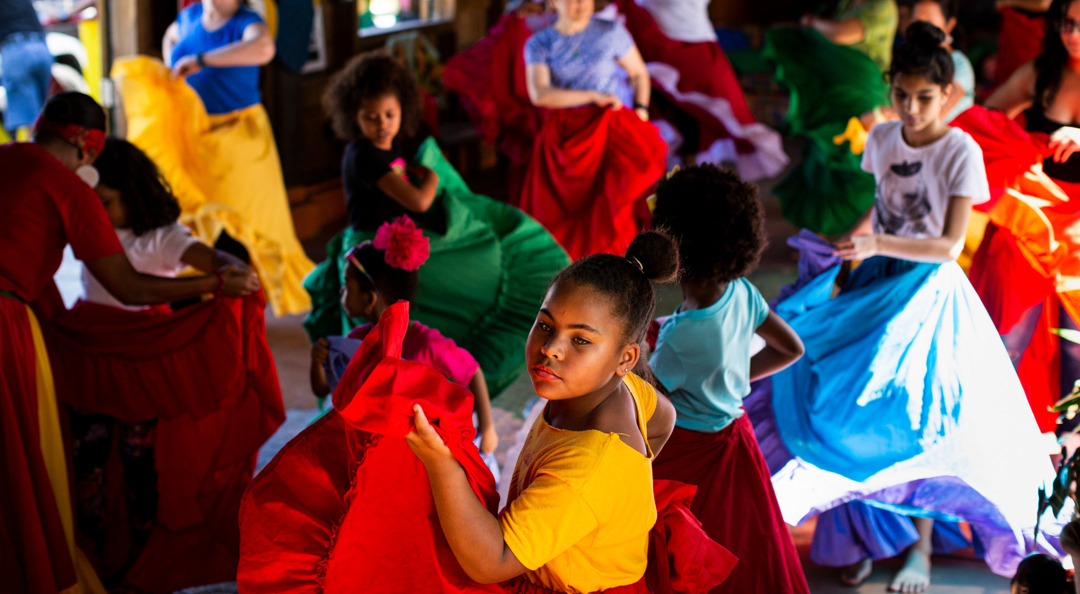Childhood adversity, including experiences of abuse and neglect, bear a strong link to both early and delayed puberty—and both of these outcomes are tied to higher risk for serious mental and physical health problems. The evidence, though, comes mostly from white girls.
Now unique research considering two largely under-studied groups on this issue—boys and Puerto Rican children—reveals some striking gender differences, along with new facts on how abuse and neglect may affect the tempo of puberty, how long it takes for kids to go through adolescence. The study is published in the June issue of Psychosomatic Medicine, journal of the American Psychosomatic Society.
As part of a long-term study on Puerto Rican youth in the South Bronx and San Juan area of Puerto Rico, 1,949 children five to 13 years old at the start were followed over three years. About half lived in the Bronx, half in the San Juan area of Puerto Rico, and at least one of their parents or caretakers was Puerto Rican.
The children completed standard written questionnaires all three years about whether they had experienced parental loss, violence exposure, neglect or physical, sexual or emotional abuse. In addition, parents filled out questionnaires about their own emotional health and any substance abuse problems, aggression or impulsive behavior, and violence in the home. Finally, the kids completed detailed puberty development scales all three years, indicating where they fell on the spectrum of going through adolescence. There were significant gender differences, says senior author Shakira Suglia, ScD, MS, Associate Professor of Epidemiology at the Emory University Rollins School of Public Health:
++ Girls exposed to two or more types of adversities were at a more advanced puberty stage at the start of the three-year study than girls not exposed to any of the adversities.
++ Boys exposed to just one adverse behavior had a lower pubertal stage at the outset than boys with no reported adversity.
++ Girls exposed to emotional abuse had smaller increases in pubertal development over time, while for boys, exposure to violence was tied to a slower tempo of their adolescent development.
What could be the reason for these sex differences, and why does it matter if kids reach puberty earlier or later? Some evidence shows that abuse of girls alters their normal stress hormone pattern, and that in turn increases body mass, which spurs puberty. “Stress hormone changes might have a different impact on boys, we just don’t know,” says Suglia. Also, since boys overall start puberty later than girls, “we might have to look later than we’ve been looking,” she adds. This gender difference “underscores the need for more research on boys.”
Puerto Ricans are under-studied compared to other Latino groups, yet their health risks are worse than those of other Latinos; for example, Puerto Rican women have the highest prevalence of obesity, diabetes and elevated cholesterol of any Latina women, notes Suglia. The majority of Puerto Rican youngsters of both sexes start puberty earlier than the typical age of 10 for white girls and 11 for white boys, she says. Both early and late timing are linked to later teen mental health problems and serious adult health problems such as heart attack, stroke and cancer. Much remains unknown about why these associations exist, Suglia says. But the new study suggests a specific way that childhood adversity makes an impact that can affect the health and well-being of Puerto-Ricans,
Faculty Link: https://sph.emory.edu/faculty/profile/index.php?FID=shakira%20-suglia-8895
The American Psychosomatic Society (APS) (http://www.psychosomatic.org), founded in 1942, is an international multidisciplinary academic society that conducts an annual scientific meeting and educational programs. Psychosomatic Medicine is its scientific journal. The membership of over 700 is composed of academic scientists and clinicians in medicine, psychiatry, epidemiology, health psychology and allied health services. The mission of the APS is “to advance and integrate the scientific study of biological, psychological, behavioral and social factors in health and disease.”
